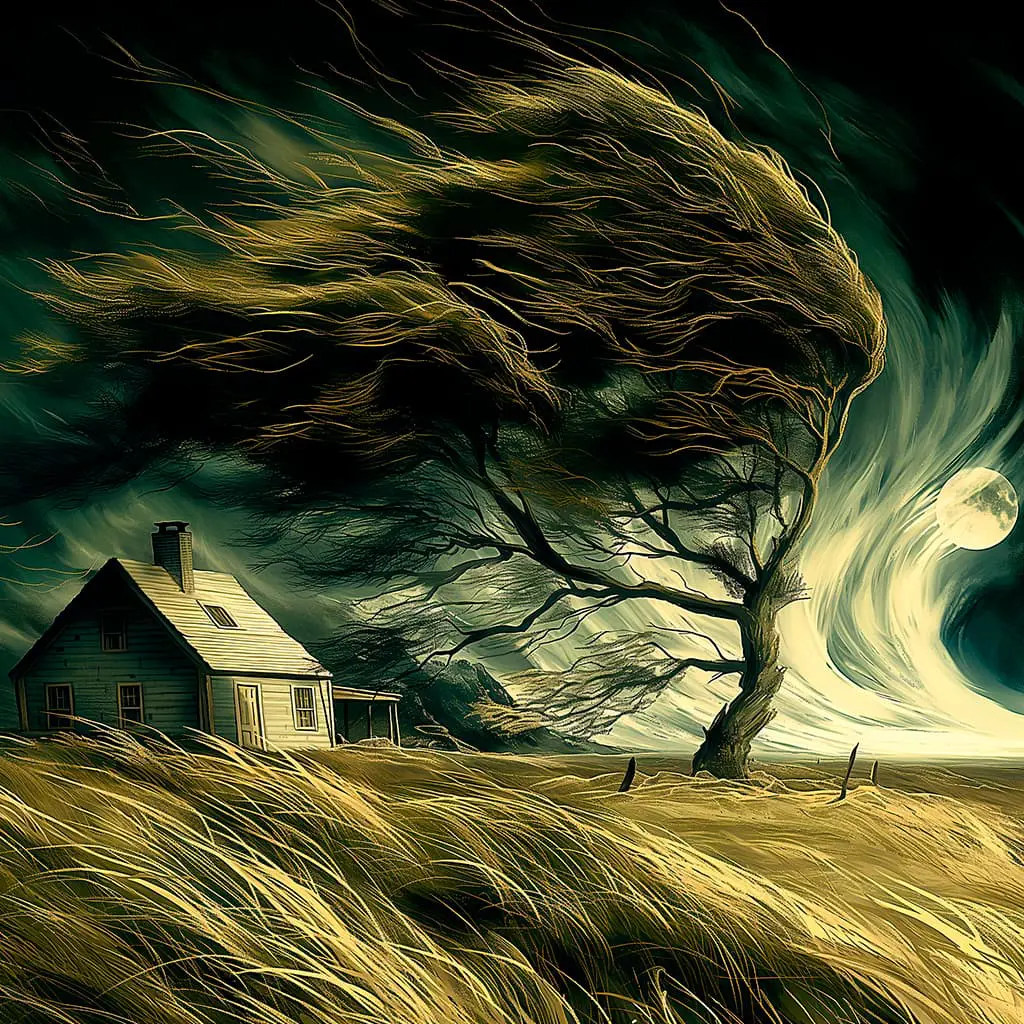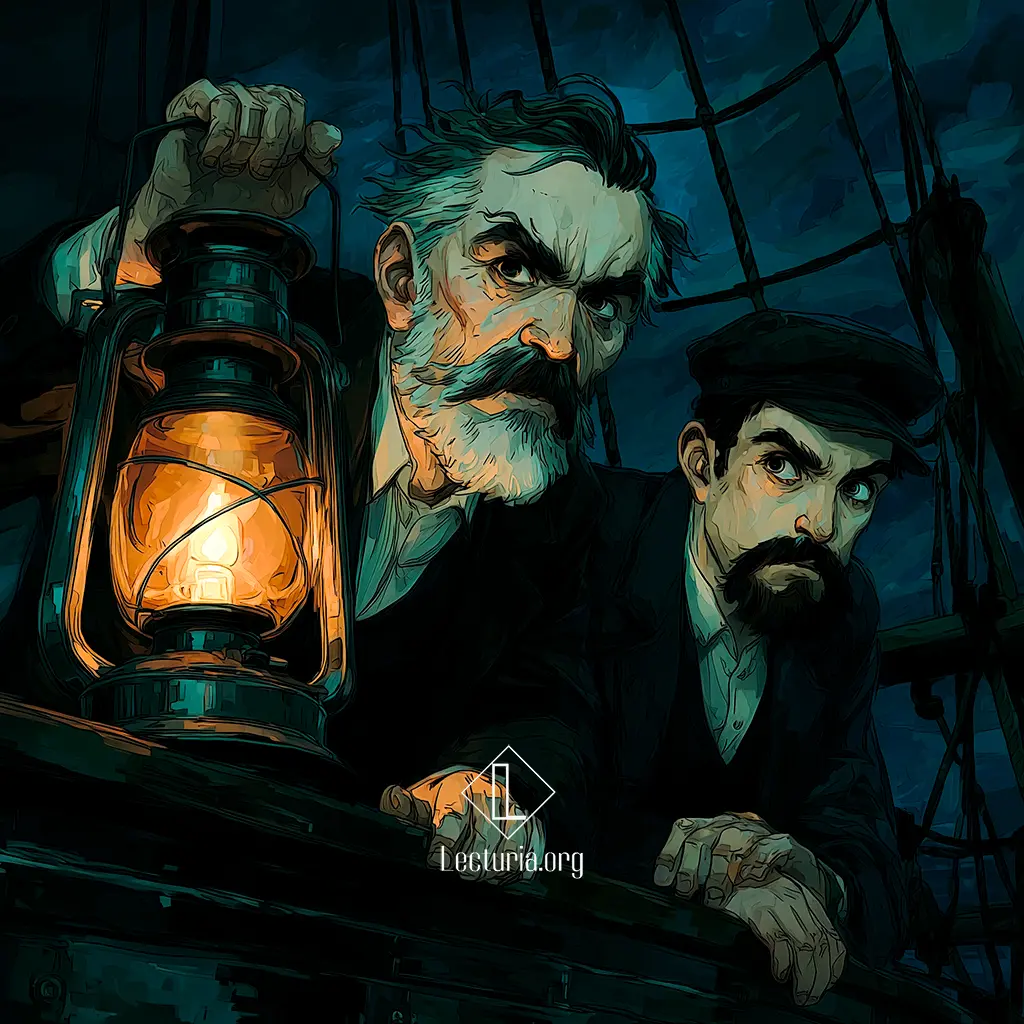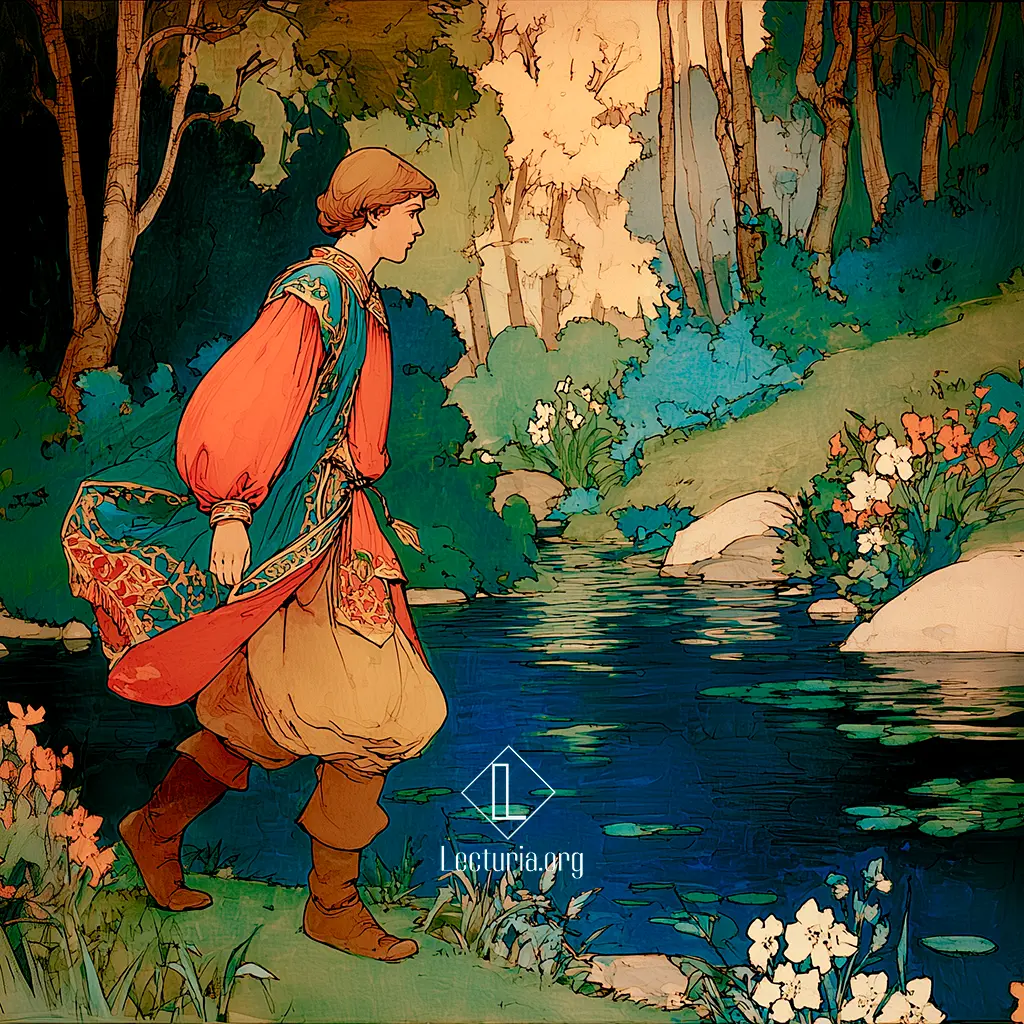Fredric Brown: Don’t Look Behind You
“Don’t Look Behind You” is a short story by Fredric Brown, published in May 1947 in Ellery Queen’s Mystery Magazine. It tells the story of Justin Dean, a modest engraver working at a printing shop in Ohio, whose life changes when he meets Harley Prentice, a handsome, refined, and enigmatic man. Fascinated by his elegance and confidence, Justin agrees to join him in a risky business venture that promises fortune. But beneath the appearance of success lie unsettling secrets that will drag them toward an increasingly ominous and uncertain fate.





